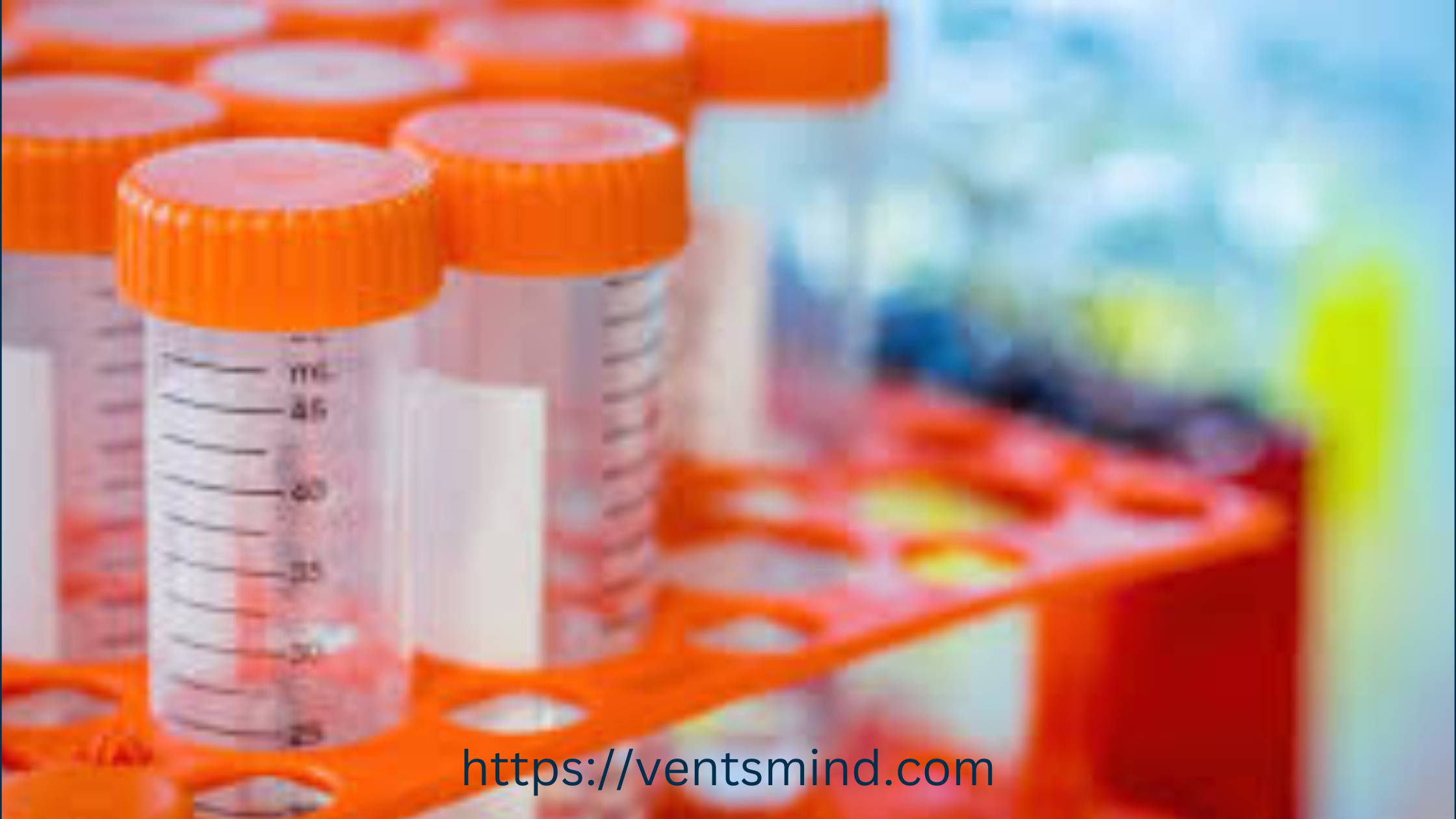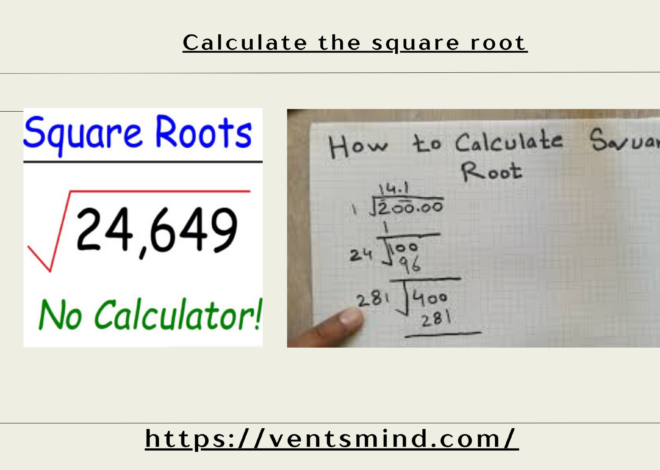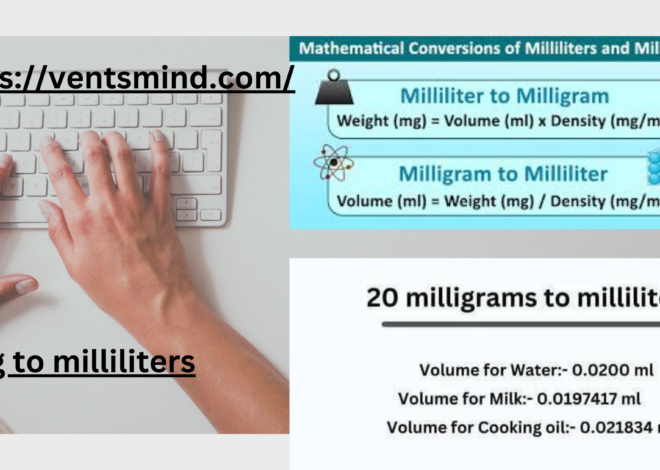
Milligrams in a Milliliter best information 2024: A Comprehensive Guide to Understanding Concentration and Conversions
Understanding the relationship between milligrams in a milliliter is essential in a variety of fields, from medicine to chemistry, food science, and even everyday tasks such as cooking. Though the terms may seem simple, understanding how to convert between these units requires knowledge of their meanings, relationships, and the context in which they are used.
This article delves into the intricacies of converting milligrams in a milliliter , why this conversion is important, and how various industries rely on it to ensure accurate measurements and doses. By the end of this guide, you’ll have a strong grasp of how these two units relate and how to apply the conversion in practical situations.
What Are Milligrams and Milliliters?
Before jumping into conversions, it’s important to understand what milligrams in a milliliter actually represent.
- Milligram (mg): A milligram is a unit of mass in the metric system. It represents one-thousandth of a gram. For reference, a standard paperclip weighs about a gram, so a milligram is a tiny fraction of that weight.
- Milliliter (ml): A milliliter is a unit of volume in the metric system, representing one-thousandth of a liter. To give perspective, one milliliter of water is equivalent to about 20 drops of water, depending on the droplet size.
Milligrams in a milliliter in Context: Concentration
In many applications, particularly in medicine and chemistry, milligrams (mg) and milliliters (ml) are used together to express concentration. Concentration refers to the amount of a substance (solute) present in a given volume of liquid (solvent). The most common expression of concentration is mg/ml, which defines how many milligrams of a substance are present in one milliliter of solution.
For example, a medication may be prescribed in terms of its concentration: “10 mg/ml.” This means that for every milliliter of liquid, there are 10 milligrams of the active ingredient. Similarly, in chemistry, a solution might be labeled 5 mg/ml, meaning that 5 milligrams of a solute are dissolved in each milliliter of solvent.
Why milligrams in a milliliter Conversions Matter
Milligram-to-milliliter conversions are crucial in several industries and disciplines, including:
- Medicine: In pharmaceuticals, accurate dosing is essential to ensuring that patients receive the correct amount of medication. Dosages are often prescribed in terms of milligrams, but liquid medications are administered in milliliters. Understanding the concentration of the drug and how to convert between these units helps healthcare providers administer medications safely and effectively.
- Chemistry: In laboratories, solutions often contain substances dissolved in liquid, and the concentration of these solutions must be carefully controlled. Chemists need to be able to convert between mass and volume to ensure that reactions proceed correctly and that the appropriate amounts of chemicals are used.
- Food Science: Nutritional supplements, flavorings, and preservatives are often added to food in small amounts. These additions are typically measured by mass (mg) but mixed into liquids (ml). Understanding the concentration helps manufacturers and food scientists ensure consistency and safety in their products.
- Cosmetics: Many cosmetic products are formulated with active ingredients that are present in very small amounts. These ingredients are typically measured in milligrams, but since they are often added to liquids or creams, milliliter measurements are also important.
How to Convert milligrams in a milliliter
Since milligrams measure mass and milliliters measure volume, the conversion between the two depends on the density of the substance. Density is a property of matter that defines how much mass is present in a given volume and is usually expressed in terms of grams per milliliter (g/ml).
The formula for converting milligrams in a milliliter is :Volume (ml)=Mass (mg)Density (mg/ml)\text{Volume (ml)} = \ frac {\text{Mass (mg)}}{\text{Density (mg/ml)}}Volume (ml)=Density (mg/ml)Mass (mg)
This formula highlights that the conversion is not a straightforward one-to-one relationship. It depends entirely on the density of the substance being measured.
Example Conversion: Water
Water is often used as a reference point in conversions because its density is 1 gram per milliliter (g/ml) at standard temperature and pressure. Since 1 gram is equivalent to 1000 milligrams, the density of water is also 1000 mg/ml. Therefore, for water, the conversion from milligrams to milliliters is simple:1 mg of water=0.001 ml of water\text{1 mg of water} = \text{0.001 ml of water}1 mg of water=0.001 ml of water 1000 mg of water=1 ml of water\text{1000 mg of water} = \text{1 ml of water}1000 mg of water=1 ml of water
In this case, the conversion is direct because water has a density of 1 g/ml. However, for other substances, the density will vary, making the conversion more complex.
Example Conversion: Oil
Let’s consider an example with oil, which has a density lower than water, typically around 0.92 g/ml. To convert 500 mg of oil into milliliters, the calculation would be:Volume (ml)=500mg920mg/ml=0.543ml\text{Volume (ml)} = \frac{500 mg}{920 mg/ml} = 0.543 mlVolume (ml)=920mg/ml500mg=0.543ml
This means that 500 milligrams of oil would occupy about 0.543 milliliters of space, illustrating how density affects the conversion.
Common Densities and Conversions
For substances other than water, the density can vary widely, influencing the conversion factor between milligrams and milliliters. Below are a few examples of common substances and their densities:
- Ethanol (alcohol): 0.789 g/ml
- Honey: 1.42 g/ml
- Olive oil: 0.92 g/ml
- Glycerin: 1.26 g/ml
Using these densities, you can apply the formula to convert between milligrams in a milliliter for these substances.
Converting Liquid Medications
One of the most common practical applications of mg/ml conversions occurs in medicine. Suppose a doctor prescribes a patient a 250 mg dose of a liquid medication, and the medication is available in a concentration of 50 mg/ml. To determine how many milliliters of the liquid the patient needs, divide the prescribed dose by the concentration:Volume (ml)=250mg50mg/ml=5ml\text{Volume (ml)} = \frac{250 mg}{50 mg/ml} = 5 mlVolume (ml)=50mg/ml250mg=5ml
In this case, the patient would need to take 5 milliliters of the liquid to receive the 250 mg dose.
Challenges and Considerations
While converting between milligrams in a milliliter may seem straightforward, there are a few challenges and considerations to keep in mind:
- Substance Density: As mentioned, each substance has its own density, so you can’t assume that 1 mg always equals 1 ml. You must know the density of the specific substance to perform an accurate conversion.
- Temperature and Pressure: The density of a substance can change with temperature and pressure. For example, water expands slightly when heated, reducing its density. In precise applications, such as scientific experiments or medication dosing, these factors must be taken into account.
- Accuracy: When dealing with very small amounts, slight inaccuracies in measurement can lead to significant discrepancies. For example, a miscalculation of just a few milligrams can make a big difference in medical dosing.
Conclusion
Understanding how to convert milligrams in a milliliter is a critical skill in many fields, particularly in medicine, chemistry, and food science. This conversion is not as simple as it might first appear, as it depends on the density of the substance involved. With the right knowledge, however, you can apply this conversion effectively in practical situations. Whether you’re preparing a precise dose of medication or mixing ingredients for a chemical reaction, knowing how to relate mass and volume ensures accuracy and safety.


